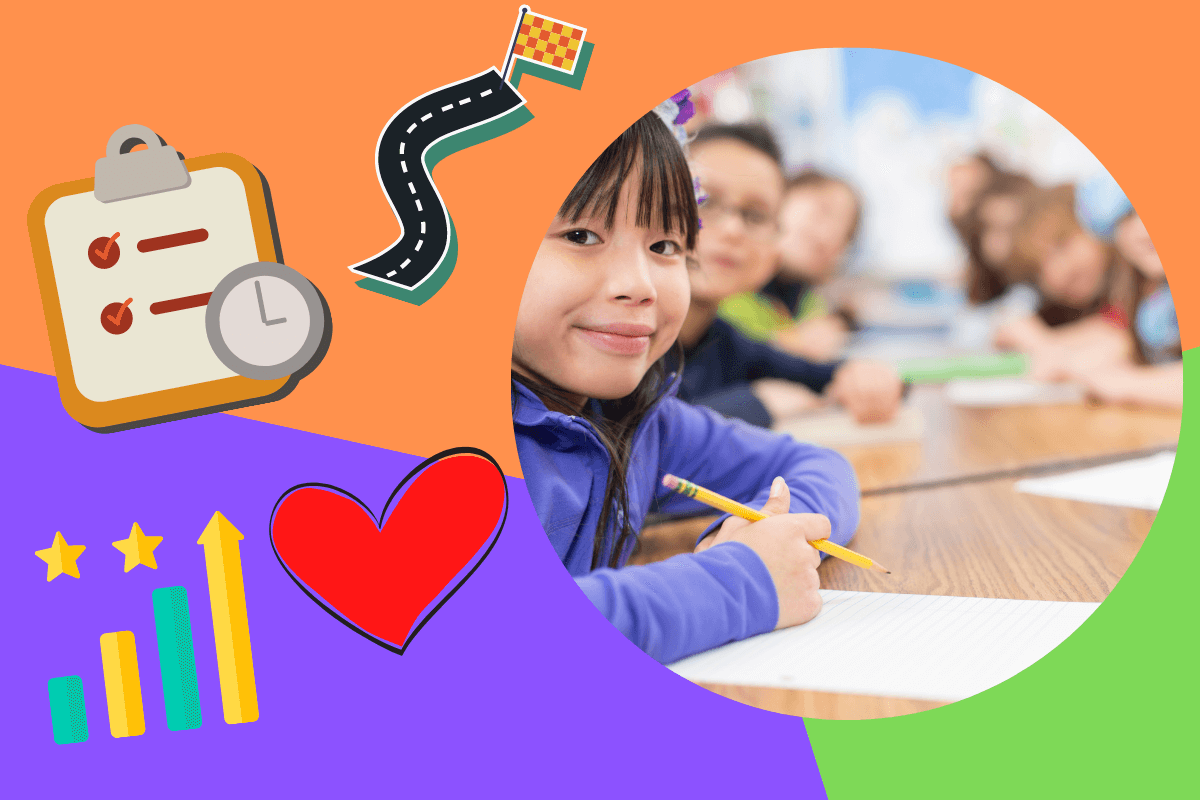There’s never been a better time to address the COVID learning loss. As kids return to the classrooms and many restrictions are lifted, it is time to talk about education. While some studies are being released, the gap still remains in understanding just how much loss has occurred, and which student groups have been most […]


